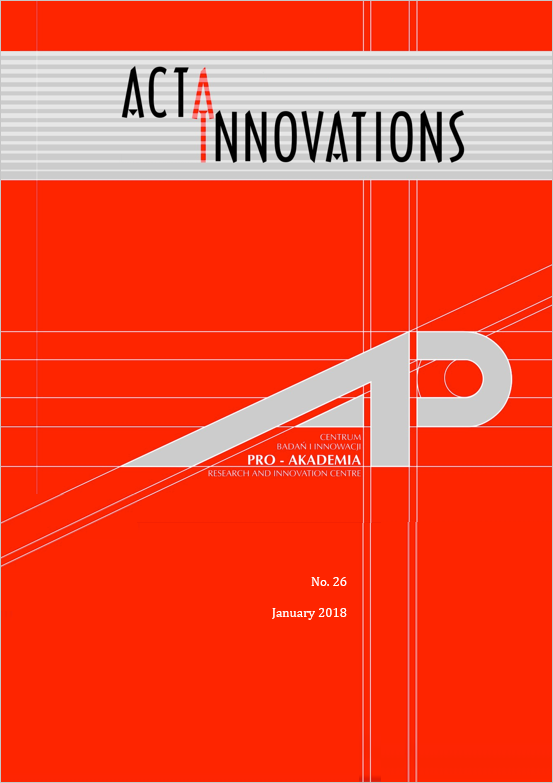NEUTRALIZATION OF POULTRY WASTE BY THERMOHYDROLYSIS IN NEAR-CRITICAL WATER
NEUTRALIZATION OF POULTRY WASTE BY THERMOHYDROLYSIS IN NEAR-CRITICAL WATER
Author(s): Monika Janas, Alicja ZawadzkaSubject(s): Agriculture, Energy and Environmental Studies
Published by: Centrum Badań i Innowacji Pro-Akademia
Keywords: animal waste; thermohydrolysis; near-critical water; neutralisation
Summary/Abstract: The main problem occurring during poultry and animal production is the management of waste generated in slaughterhouses and poultry processing plants. These wastes, due to the bacteriological threat and the difficulty in storage, adversely affect all elements of the environment and thus require quick neutralization. The prospective method of liquidation of this type of waste is thermohydrolysis in near-critical water. The aim of the work was to examine the decomposition of poultry waste, i.e. waste blood, soft tissues, chicken heads, feathers, subjected to the process of thermohydrolysis in near-critical water. The decomposition process was carried out at a pressure of 10 MPa in the temperature range of 120°C - 250°C and with a variable residence time in the reactor. Detailed analysis of the results allowed us to state that the longer the residence time in the reactor, the higher the content of soluble organic compounds in the liquid phase. The beneficial effect of applying the thermohydrolysis process on the increased reduction of organic substances present in the investigated wastes was also demonstrated.
Journal: Acta Innovations
- Issue Year: 2019
- Issue No: 30
- Page Range: 24-30
- Page Count: 7
- Language: English

